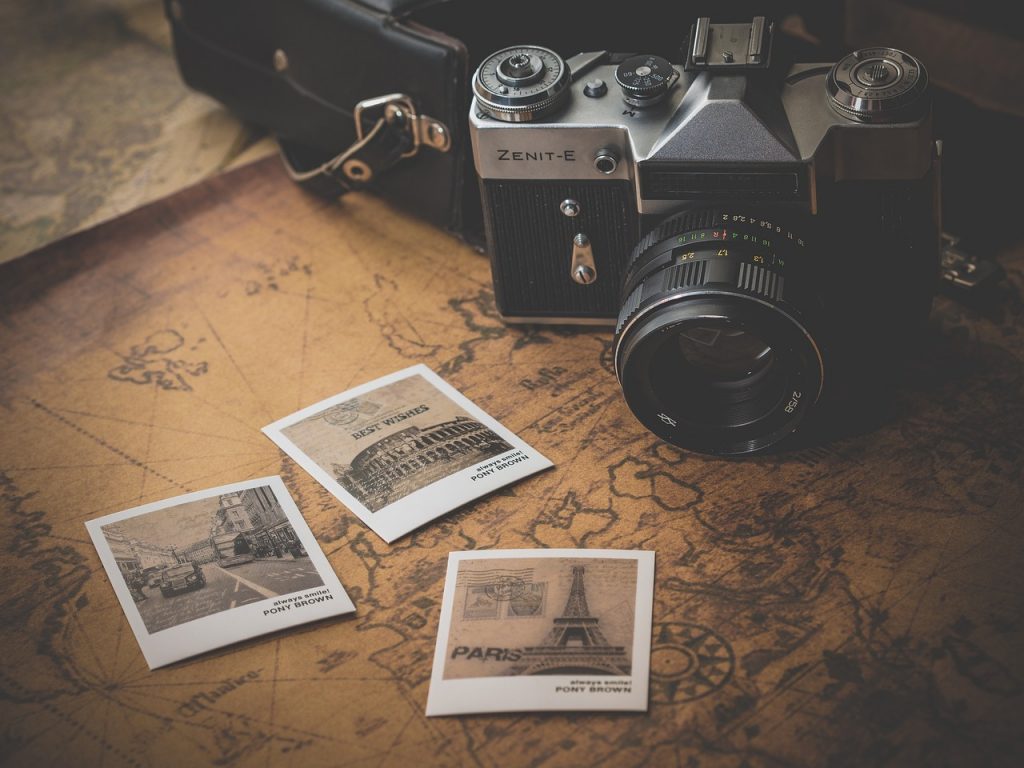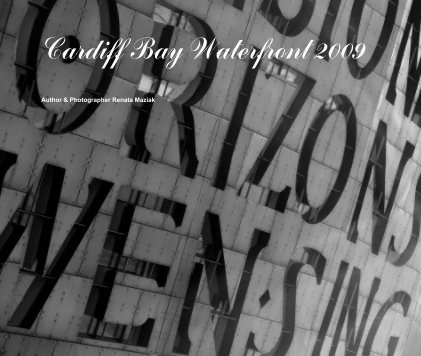
Bing CoPilot – Image Designer Powered By DALL E:3 Depicting Copyright Trolls.
Disclaimer:
Please be advised that this article contains trigger wording of a sensitive nature. Reader discretion is advised, and individuals who may be affected by discussions of mental health, suicide, or emotional distress are encouraged to proceed with caution. If you find yourself feeling overwhelmed or distressed while reading this content, please prioritize your well-being and seek support from a trusted friend, family member, or mental health professional.
PicRights: Predator – A Deep Dive into Website Scanning and the Computer Misuse Act
This article is for educational purposes: Protecting intellectual property rights has become a paramount concern for creators and businesses alike. With the widespread proliferation of content online, monitoring unauthorized use and infringement has become a daunting task. Companies like PicRights have emerged, offering services to track down unauthorized usage of images and pursue compensation for the rights holders. However, their methods and tactics have raised eyebrows, with accusations of overreach and driving individuals to despair.
Understanding PicRights:
PicRights is a company that specializes in identifying and pursuing cases of copyright infringement on behalf of photographers and image agencies. They employ sophisticated technology to scan the internet for instances where copyrighted images are used without proper authorization or licensing. Upon discovering such infringements, PicRights sends out notifications demanding compensation for the unauthorized use of the images.
Website Scanning and the Computer Misuse Act:
One of the contentious aspects of PicRights’ operations is their method of scanning websites to identify copyright infringements. While their goal is to protect the rights of content creators, their scanning techniques have raised legal and ethical concerns, particularly regarding the Computer Misuse Act (CMA) in various jurisdictions.
The Computer Misuse Act is legislation designed to criminalize unauthorized access to computer systems and data. It aims to safeguard against hacking, unauthorized access, and other forms of cybercrime. However, the interpretation of what constitutes “unauthorized access” can be complex, especially when it comes to activities like website scanning.
PicRights’ scanning activities involve automated crawlers that traverse the web, indexing and cataloging websites for copyrighted images. While PicRights argues that its scanning is lawful and falls within the parameters of permissible online activity, critics contend that it may violate the Computer Misuse Act by accessing and indexing websites without explicit permission from the site owners.
Driving People to Despair:
One of the most contentious aspects of PicRights’ approach is its aggressive pursuit of compensation from individuals and small businesses who inadvertently use copyrighted images. Often, these individuals are unaware of the copyright status of the images they use, or they may have mistakenly believed that the images were in the public domain or available for free use.
Upon receiving a notification from PicRights demanding payment for copyright infringement, individuals are often left feeling overwhelmed and helpless. The demands for compensation can be exorbitant, far exceeding what the individual or small business can afford. Threats of legal action and the prospect of costly litigation only serve to compound the stress and anxiety experienced by those targeted by PicRights.
While the protection of intellectual property rights is undoubtedly important, the methods employed by companies like PicRights raise significant ethical and legal questions. Their use of website scanning technology, coupled with aggressive tactics to pursue compensation, has led to accusations of overreach and exploitation.
Addressing copyright infringement requires a balanced approach that respects the rights of content creators while also providing education and support to individuals and businesses seeking to use images legally and responsibly. Moreover, a nuanced understanding of laws such as the Computer Misuse Act is essential to ensure that efforts to protect intellectual property rights do not inadvertently infringe upon other rights or lead to unjust outcomes.
Ultimately, the debate surrounding PicRights and similar entities underscores the complex and evolving nature of copyright enforcement in the digital age, where technological advancements often outpace legal frameworks and ethical considerations. It is imperative to prioritize fairness, transparency, and respect for all parties involved.
Heavy-handed Tactics: A Case of Overreach in Copyright Enforcement
Companies like PicRights have emerged as formidable players, wielding sophisticated technology to track down instances of copyright infringement online. However, recent incidents highlight the perils of their aggressive tactics, leaving individuals and businesses feeling overwhelmed and unfairly targeted.
Imagine receiving an email from PicRights, sternly stating that you’ve infringed copyright laws by using an image from Cartoon Stock without permission on your website (This is what happened to me). The notification sends a chill down your spine as you frantically search for evidence to refute the claim. But then, upon closer inspection, you realize you do possess a valid license receipt for the image in question.
This scenario might sound like a nightmare, but for many individuals and businesses, it’s a harsh reality. PicRights’ automated scanning technology casts a wide net across the internet, identifying instances of image usage without proper authorization. While their intentions may be noble—to protect the rights of content creators—their execution often leaves much to be desired.
In the case of using an image from Cartoon Stock, the situation is particularly egregious. Despite having a legitimate license for the image, individuals still find themselves on the receiving end of PicRights’ heavy-handed enforcement tactics. The mere accusation of copyright infringement can send shockwaves through one’s livelihood, especially for small businesses or independent creators operating on tight budgets.
PROOF OF IMAGE LICENSE!

What exacerbates the issue is PicRights’ relentless pursuit of compensation, regardless of whether the alleged infringement was intentional or not. The demands for payment can be exorbitant, far exceeding the actual value of the image in question. Threats of legal action loom large, further adding to the anxiety and stress experienced by those targeted by PicRights.
Moreover, the process of disputing PicRights’ claims can be arduous and time-consuming, requiring individuals to gather evidence and navigate complex legal procedures. For many, the prospect of engaging in a protracted legal battle is simply not feasible, leading them to capitulate to PicRights’ demands out of sheer desperation.
It’s clear that PicRights’ actions are not just about protecting intellectual property rights; they’re about profit maximization at the expense of individuals’ peace of mind. By preying on the fears and vulnerabilities of those accused of copyright infringement, PicRights creates a climate of fear and uncertainty, driving people to despair.
Implementing Fair Grace Periods for License Resolution
A viable solution to mitigate the detrimental impact of copyright enforcement tactics like those employed by PicRights is to provide individuals with a reasonable opportunity to rectify the situation before escalating to legal action. By instituting a grace period, individuals who inadvertently use copyrighted material without proper authorization would have the chance to purchase a license within a specified timeframe. During this period, they could negotiate terms with the copyright owner and compensate them for the use of their work. This approach ensures that copyright holders receive fair compensation for their intellectual property while affording individuals the chance to rectify their mistakes without facing immediate legal repercussions. If, after the designated timeframe, no license agreement is reached, only then should PicRights proceed with enforcement actions. This balanced approach promotes fairness, transparency, and cooperation between copyright holders and individuals, ultimately fostering a more equitable environment for copyright enforcement.
Conclusion
While the protection of intellectual property rights is undeniably important, it must be balanced with fairness, transparency, and respect for the rights of individuals and businesses. PicRights’ heavy-handed tactics serve as a stark reminder of the need for reform in copyright enforcement practices, ensuring that they do not unjustly punish innocent parties and stifle creativity and innovation in the digital age.
After conducting research for www.AIDigitalTrust.com, it’s become evident that interactions with copyright trolls like PicRights can be detrimental. Therefore, I refuse to engage with these parasites and urge others to educate themselves on protecting against copyright trolls, who often make individuals’ lives miserable. Notably, PicRights has erroneously targeted my website, even capturing my logo, which violates both copyright laws and potentially the Computer Misuse Act through their trolling activities. It’s imperative to safeguard against such infringements and take appropriate measures to uphold intellectual property rights while defending against unwarranted claims.
The relentless hounding by entities like PicRights can have profoundly negative effects on individuals’ mental health, potentially driving them to despair and even suicide. Constant threats of legal action, demands for exorbitant compensation, and the fear of financial ruin can create an overwhelming sense of hopelessness and helplessness. The stress and anxiety induced by such situations can escalate rapidly, leading to severe emotional distress and exacerbating existing mental health issues. For some individuals, the burden becomes unbearable, and tragically, they may see suicide as the only way to escape the relentless pressure and turmoil inflicted upon them. It’s crucial for society to recognize the significant toll that hounding and aggressive enforcement tactics can have on individuals’ well-being and to advocate for more compassionate and equitable approaches to copyright enforcement.
As someone who suffers from mental health issues, it would be wise to tread carefully.
Further Reading
- Computer Misuse Act 1990 (legislation.gov.uk)
- AI Digital Trust | UK DOMAIN BROKERS, WEBSITE DEVELOPMENT & MARKETING (ukwebsitedesigners.co.uk)
- Picrights Reviews | Read Customer Service Reviews of picrights.com (trustpilot.com)
#copyrightinfringement #copyrighttrolls #picrights #aidigitaltrust #computermisuseact #copyright






